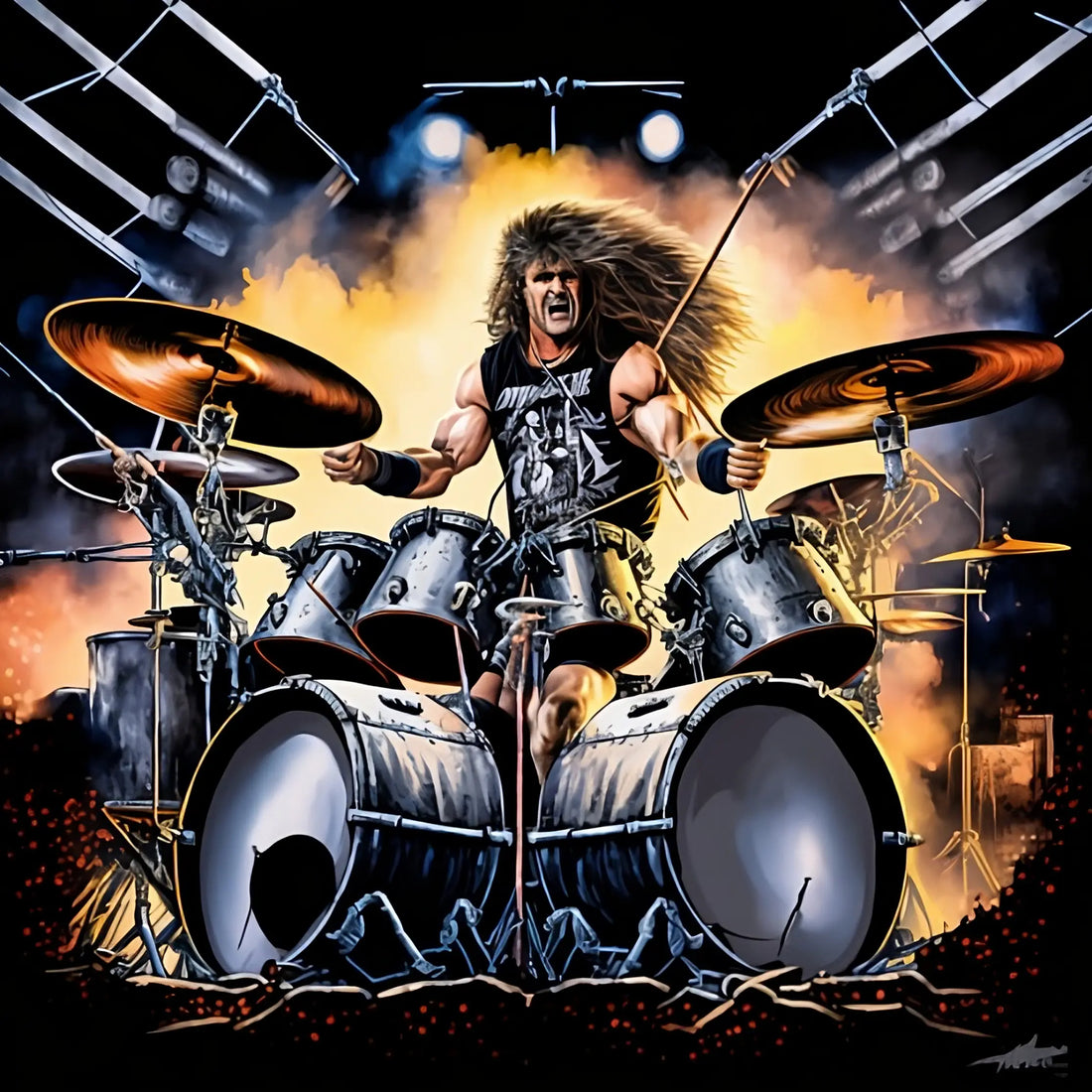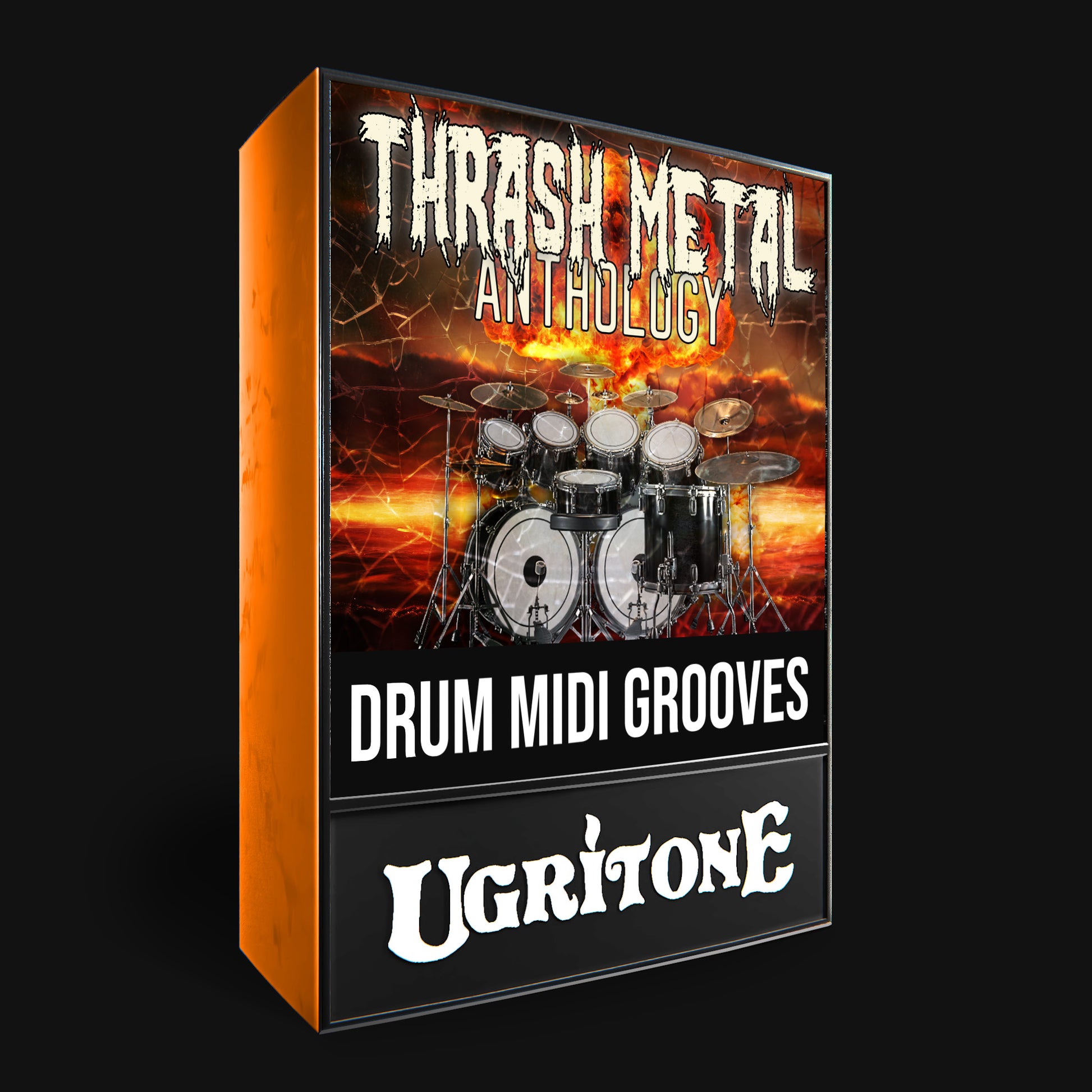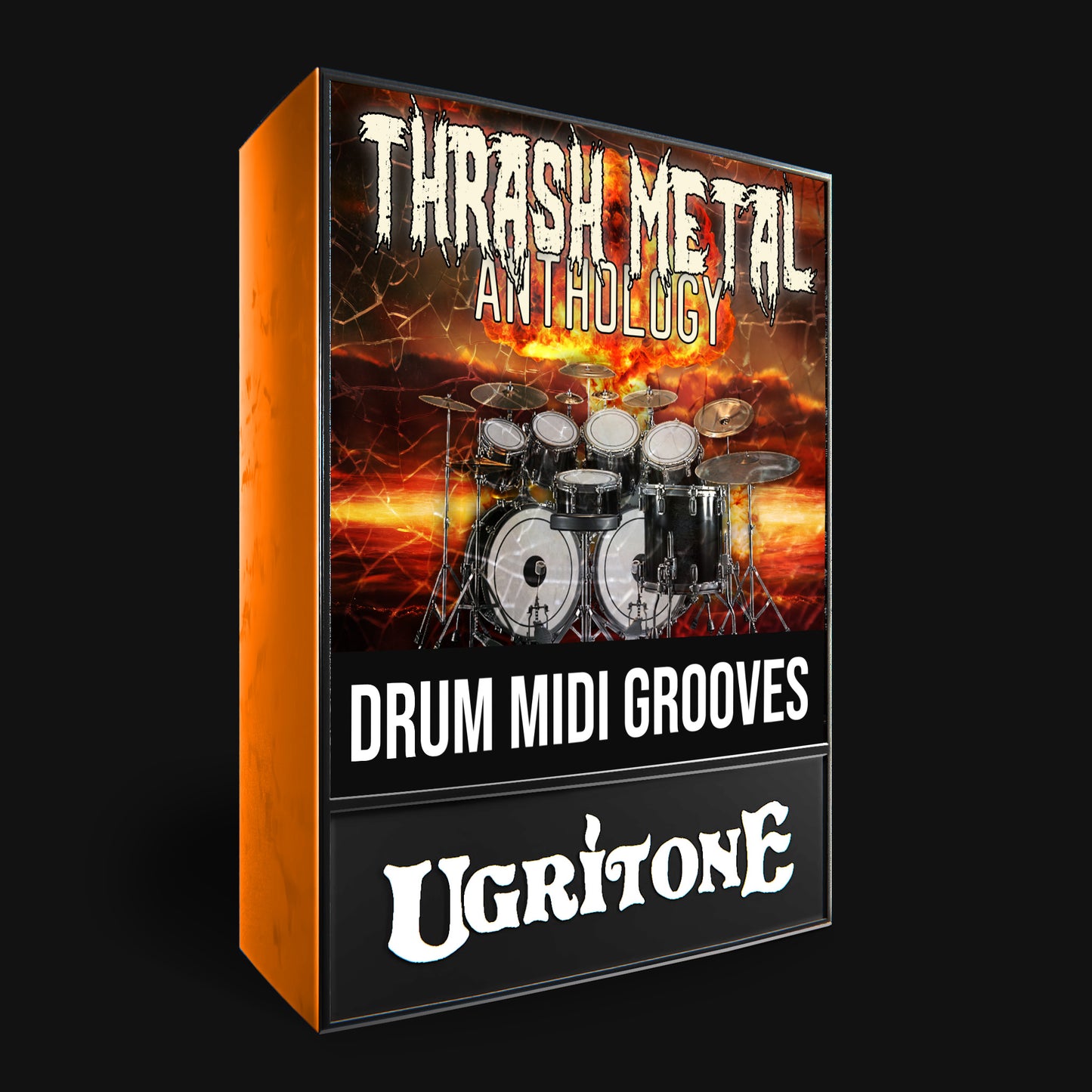The Birth of a Thunderous Sound: Drumming and the Essence of Thrash Metal
In the early 1980s, a sonic revolution was brewing within the depths of the Heavy Metal scene. Unbeknownst to the world at large, a bold and relentless sound was taking shape, one that would come to redefine the landscape of Heavy music. This aggressive, untamed force came to be known as Thrash Metal. At the heart of this genre lies the driving force behind its ferocious energy: drumming. Through a distinctive combination of power, speed, and technical prowess, the drummers of Thrash Metal have played an indispensable role in sculpting the genre's signature sound, leaving an indelible mark on the evolution of heavy music.
Thrash Metal drumming embodies the very spirit of the genre, imbuing it with the primal energy that makes it such a captivating and enduring force in the world of music. As we delve into the intricacies of this singular art form, we will explore the unique elements that define thrash metal drumming, from the delicate dance between speed and groove to the unsung heroes of percussion—the deep power toms. We will examine the subtle impact of the ride cymbal and the influence of punk and progressive rock, manifested in the enduring legacy of Neil Peart. By traversing the storied history of this ferocious drumming style, we will uncover the essence of a sound that continues to captivate and inspire legions of fans across the globe.
-
The Dance Between Speed and Groove
Thrash Metal drumming is a study in contrasts, an intricate dance that balances on the knife's edge between relentless speed and infectious groove. This unique interplay has come to define the genre's sound, giving it the raw, visceral energy that has captivated generations of fans. It is the marriage of these seemingly disparate elements that has elevated this intense drumming to an art form, characterized by both technical mastery and an innate sense of rhythm.
The iconic drummers who have come to epitomize this delicate balance, such as Dave Lombardo of Slayer and Gene Hoglan of Testament and Dark Angel, demonstrate an uncanny ability to harness the tempestuous energy of Thrash Metal, navigating the genre's complex rhythmic landscape with precision and grace. Their performances are at once frenetic and controlled, a testament to their ability to marry the seemingly incompatible forces of speed and groove.
For example, Lombardo's work on Slayer's "Angel of Death" showcases his ability to maintain a blistering pace while keeping the groove alive, making it one of the most recognizable and revered drum performances in Thrash Metal. Similarly, Hoglan's drumming on Testament's "The Gathering" demonstrates his mastery of syncopation and rhythmic diversity, creating an infectious and memorable musical experience.
At the core of this balance lies a series of technical aspects that serve to both facilitate and enhance the rhythmic interplay of Thrash Metal drumming. Double bass drumming, a staple of the genre, allows drummers to maintain a breakneck pace while still providing a solid rhythmic foundation. Syncopation, another hallmark of thrash metal drumming, lends an air of unpredictability to the music, imbuing it with a sense of tension and release that is undeniably infectious.
-
Deep Power Toms: The Unsung Heroes
While the relentless speed and infectious groove of this drumming style often take center stage, it is the deep power toms that provide the thunderous foundation upon which the genre's sonic architecture is built. These unsung heroes serve a crucial role in shaping its distinct sound, adding depth and dimension to an already intense auditory experience.
To utilize toms effectively in the context of this drumming style, drummers must employ a variety of techniques that highlight their unique characteristics. Creative fills and accents, for instance, can bring to life the rich, resonant tones of the toms, lending an air of complexity and nuance to the music.
Memorable tom-driven songs within the genre showcase the power and versatility of these essential percussive elements. Metallica's "Creeping Death," for example, features a compelling tom-driven intro that serves as a prelude to the song's explosive climax. Similarly, Megadeth's "Holy Wars... The Punishment Due" utilizes toms in a way that adds depth and texture to the song's intricate rhythmical patterns.
-
The Ride Cymbal's Subtle Impact
The importance of the ride cymbal in Thrash Metal drumming is often underestimated, overshadowed by the more prominent elements such as rapid double bass drumming and complex snare patterns. However, the ride cymbal plays a crucial role in shaping the genre's unique rhythmic textures, providing nuance and depth to the overall sound.
The ride cymbal contributes to genre's distinct sonic identity by adding a layer of complexity to the rhythmic landscape. It offers a means of contrast, as well as a vehicle for drummers to explore subtler dynamics within the intense framework of the music. This versatility allows for the creation of intricate patterns and accents that can elevate a performance, providing an additional dimension to the auditory experience.
A number of drummers within the genre have showcased their ability to utilize the ride cymbal creatively, making it an integral part of their signature sound. For instance, Dave Lombardo demonstrates his mastery of the ride cymbal in Slayer's "Criminally Insane," where he employs it to create a ride driven intro that complements the song's aggressive tempo. Similarly, Tom Hunting of Exodus showcases his creative & chaotic use of the ride cymbal in the song "And Then There Were None," adding depth and contrast to the song's powerful drumming.
-
A Punk Spirit with a Touch of Neil Peart
The drumming style that defines this genre has been shaped by a diverse array of influences, with Punk and Progressive Rock playing particularly significant roles. The aggressive spirit of punk and the intricate musicianship of progressive rock have come together to create a unique hybrid that celebrates both raw energy and technical prowess.
Neil Peart, the legendary drummer of Canada's prime export, Rush, has had a profound impact on the development of this drumming style. His innovative approach to tom fills that cut through like a hot knife in butter and his unmatched technical proficiency have inspired generations of drummers to elevate their craft. By incorporating elements of Peart's style, drummers in the genre have sought to achieve a balance between the unbridled energy of Punk and the refined intricacies of Progressive Rock.
Influential drummers within the genre have seamlessly integrated Progressive elements into their work, creating a compelling fusion that sets their performances apart. For example, Lars Ulrich of Metallica has been known to incorporate the driving, progressive grooves in songs like "...And Justice For All," while also embracing the complex time signatures and intricate patterns often associated with Progressive Rock. Similarly, Nick Menza of Megadeth showcased his ability to blend punk energy with progressive technicality in songs such as "Take No Prisoners," where rapid-fire drumming and precise rhythmic changes come together to create a thrilling auditory experience.
Conclusion
As this drumming style continues to evolve, the boundaries of speed, groove, and technical skill are constantly being pushed to new heights. Drummers in the genre are not content to rest on their laurels; they strive to innovate and explore new techniques, ensuring that the music remains fresh and dynamic.
The lasting impact of Thrash Metal drumming style on the broader landscape of heavy music is undeniable. Its unique blend of aggression, precision, and rhythmic complexity has influenced countless musicians across various genres, expanding the horizons of what is possible within the realm of percussive artistry.
In the end, the drumming that defines this genre is a testament to the power of creative fusion and the endless potential for growth and innovation in the world of heavy music. By continuing to embrace the diverse influences that have shaped its distinctive sound, this drumming style will undoubtedly continue to inspire, challenge, and captivate musicians and audiences alike for generations to come.



